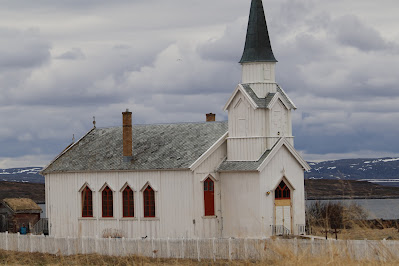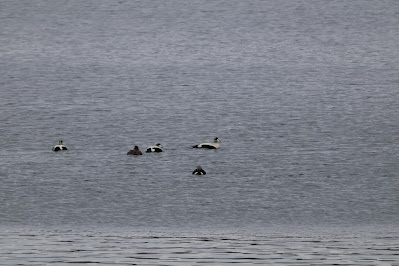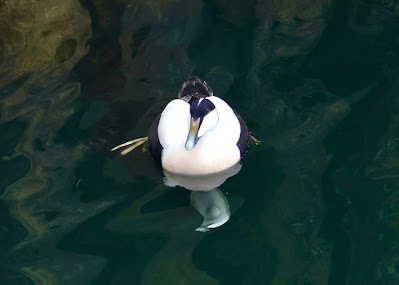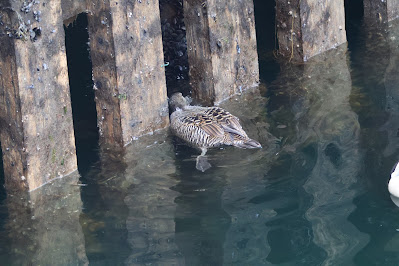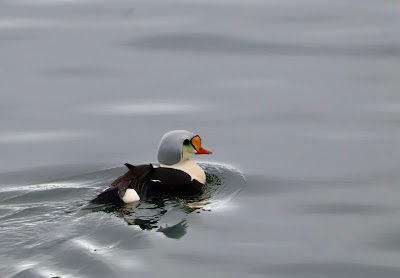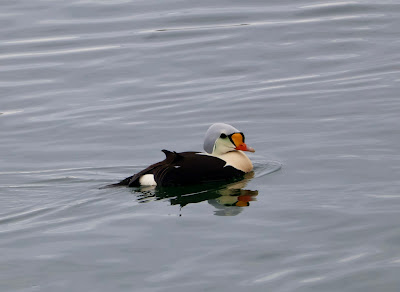Today at Detroit International Wildlife Refuge located on Lake Erie again I was looking for Odonata. I was on the walkway between two ponds; this year with an explosion of phragmites growing on both sides. I heard a Killdeer and thought it was flying overhead, but it continued to call insistently and I saw it then on a large triangle of grass where the walkway meets the bike trail. The Killdeer was quite riled up, calling and walking rapidly this way and that way - as they do - especially when the mate is on its nest or juveniles are nearby. I did not see a mate or any juveniles accompanying it.
Then, at the edge of the grass, on the asphalt bike trail I saw something that appeared mostly white. It could have been a dropped piece of clothing, a crumpled bit of tissue, a white-footed mouse ... or a dead baby Killdeer.
At the edge of the bike trail I found an area of tall grass with shade that had a soft little pocket at its center. I laid the fledgling Killdeer in the center and pulled the taller grass down and over the top. It wasn't covered fully, but it was no longer visible on the bike path either. Whether this calmed or fooled the parent bird, I don't know.
My experience with observing death is that people, perhaps not all but many, will just shrug and say that death is part of life. Not just with animal death, with human death also. True enough, this isn't wrong. But death, even human death, is also becoming less and less honored. A shrug of the shoulders. Holding this tiny creature in my hand and thinking about what to do for it and for its distressed parent, I wanted to honor the sadness and misfortune of its unnecessary death.
I was reminded of an experience in Norway. The van was traveling on a two lane road that traversed a vast area of tundra. Ahead on the road we saw a white clump. There were only two possibilities for what the white clump could be - both ptarmigan. Our guide stopped the van, got out and walked to the clump. He held up the dead body of a Rock Ptarmigan. Having passed a dead Willow Ptarmigan earlier, we knew his feelings - "drivers are careless, they don't pay attention, they don't slow down" - and then, to our collective groans from inside the van, he gave the ptarmigan an inelegant heave and threw it back out on the tundra. On the tundra the ptarmigan would not continue to be run over by vehicle tires and end up a squished blob with feathers blowing in the wind. On the tundra it would at least be someplace where another animal might find it and make it a meal. On the tundra it was someplace where it had once lived. Both ptarmigans were dead at the peak of their breeding season, on the cusp of bringing new life into the world.
Anthropomorphic? Probably, but I'm okay with that.






























